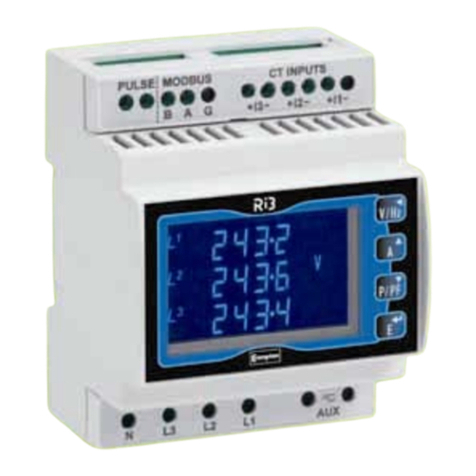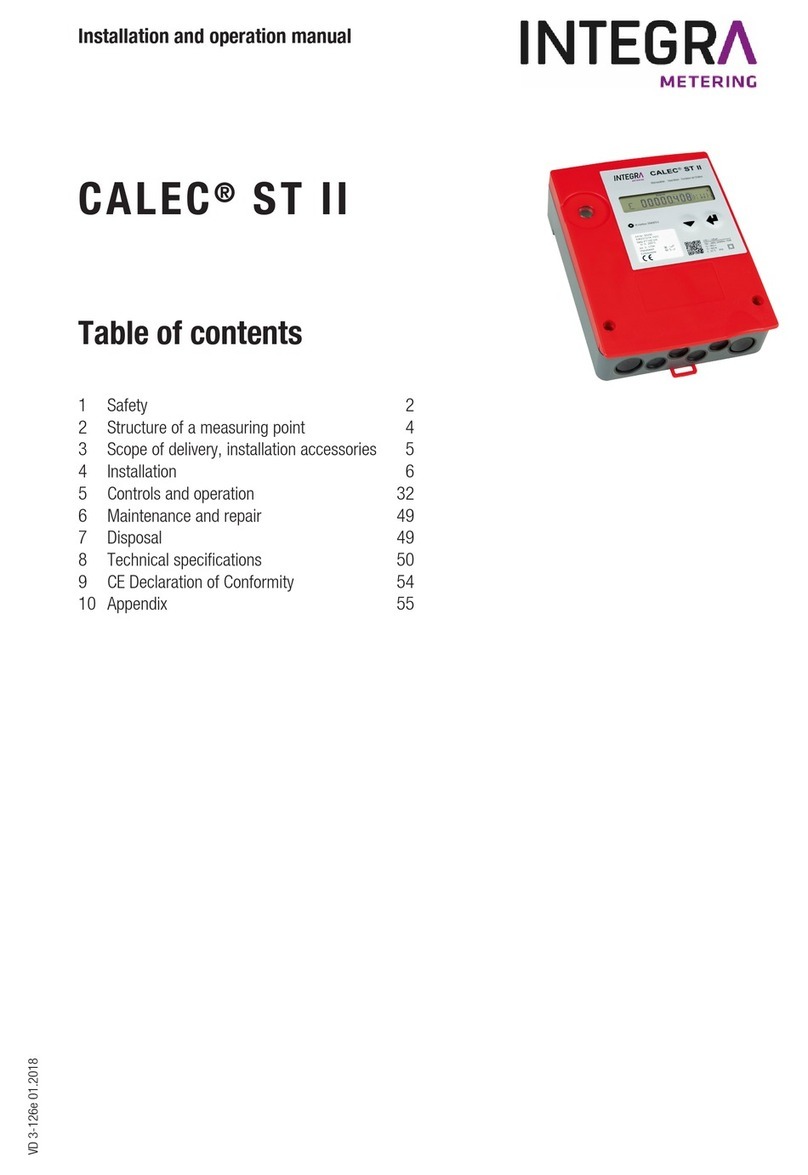2
Table of contents
1Safety.................................................................................................................... 3
Intended use ......................................................................................................... 3
Notes on safety instructions and symbols.............................................................. 3
Safety instructions and precautionary measures ................................................... 4
About the operation manual .................................................................................. 4
2Product description................................................................................................ 5
Areas of application............................................................................................... 5
Structure of a measuring point............................................................................... 5
Device setup ......................................................................................................... 6
3Scope of delivery and accessories........................................................................ 7
4Installation............................................................................................................. 8
Device dimensions................................................................................................ 8
Hole dimensions for wall mounting........................................................................ 8
Clear height........................................................................................................... 8
Tools, installation material..................................................................................... 9
Preparation for wall installation.............................................................................. 9
Wall installation ..................................................................................................... 10
Close the housing.................................................................................................. 10
Mounting on rail DIN-EN 50222............................................................................. 10
5Installation............................................................................................................. 11
Connection diagram.............................................................................................. 11
Power supply......................................................................................................... 12
Sensor power supply............................................................................................. 16
Temperature sensor.............................................................................................. 17
Flow transmitter with pulse output......................................................................... 19
Connection examples for flow transmitters on pulse input #1 ................................ 21
Pulse inputs........................................................................................................... 24
Digital outputs / status signals / alarms.................................................................. 26
Module sockets (communication and functional modules)..................................... 27
6Commissioning...................................................................................................... 36
Starting CALEC®ST II........................................................................................... 36
Functional control.................................................................................................. 37
Display .................................................................................................................. 37
Operation .............................................................................................................. 38
Key functions......................................................................................................... 38
Menu structure...................................................................................................... 39
7Maintenance and repair......................................................................................... 48
Calibration............................................................................................................. 48
8Malfunctions and error messages.......................................................................... 49
9Decommissioning, disassembly and disposal........................................................ 50
Decommissioning.................................................................................................. 50
Disposal ................................................................................................................ 50
10 Technical data....................................................................................................... 51
11 Annex.................................................................................................................... 55
CE certificate......................................................................................................... 55
Drilling hole template............................................................................................. 56































